Comprehensive Evaluation of Land Use Planning Alternatives Based on GIS-ANP
Abstract
1. Introduction
2. Geographical Conditions of the Study Area
2.1. Location and Planning Alternatives
2.2. Geographical Conditions
3. Research Methods
3.1. Evaluation Index System of Land Use Planning
3.2. Determination of Index Value
3.2.1. Evaluation Set and Standard
3.2.2. Determination of Quantitative Index Values
- Soil erosion
- Surface water runoff
- Flash flooding
- Population density
- Traffic
3.2.3. Determination of Qualitative Index Values
3.2.4. Determination of Final Index Value
3.3. Comprehensive Evaluation Method of GIS-ANP
- (1)
- Control Layer: This part includes the research target of the system and the criteria that affect the decision-making to achieve the target (the target is the final goal of the model, which is to obtain the ranking of planning alternatives). All criteria are considered to be independent of each other and only governed by the target, and the value of the constituent factor in ANP will change with the attribution criteria. The weight of each criterion in the Control Layer can be obtained by establishing a weighted matrix.
- (2)
- Network Layer: This part is composed of all the factor groups dominated by the Control Layer. The Network Layer is an interactive network structure, which reflects the relationships among the factors and among the factor groups in the network under the corresponding Target and Criteria. Ci in the Network Layer is the cluster which represents the constituent factor group, and in each Ci is the node which represents the constituent factor.
- (3)
- Alternative Layer: This part consists of all alternatives involved in the system. The Alternative Layer will interact with the Network Layer and often participate in the calculation as a factor group in the Network Layer.
3.3.1. ANP Network Construction for the Case Study Area
3.3.2. Indicator Standardization
3.3.3. Determination of Relative Importance Weights
Unweighted Hypermatrix Construction
| Ci | |
Weighted Matrix Construction
Weighted Hypermatrix Construction
3.3.4. Alternatives Ranking
4. GIS-ANP Comprehensive Evaluation Results
4.1. Results of Influencing Factors Analysis
- Short-term
- Long-term
4.2. Main Influencing Factors for Land Use Planning Decision
4.2.1. Influencing Factor Groups for Planning Alternative
4.2.2. Main Influencing Factors for Planning Alternatives
4.3. Planning Alternatives Ranking
5. Discussion
5.1. Findings and Implications
- (1)
- Relationships among influencing factors
- (2)
- Influencing factors and alternative
- (3)
- Alternative ranking
5.2. Study Limitations
5.3. Future Work
6. Conclusions
Author Contributions
Funding
Data Availability Statement
Conflicts of Interest
References
- Lichfield, N.; Kettle, P.; Whitbread, M. Evaluation in the Planning Process, 1st ed.; Pergamon Press: Oxford, UK, 1975. [Google Scholar]
- Chabot, M.; Duhaime, G. Land-use planning and participation: The case of inuit public housing (nunavik, canada). Habitat Int. 1998, 22, 429–447. [Google Scholar] [CrossRef]
- Berke, P.R.; Conroy, M.M. Are we planning for sustainable development? J. Am. Plan. Assoc. 2000, 66, 21–33. [Google Scholar] [CrossRef]
- Morris, M. Measuring the Condition of the World’s Poor: The Physical Quality of Life Index, 42nd ed.; Pergamon Press for the Overseas Development Council: Ottawa, ON, Canada, 1979; Available online: https://unesdoc.unesco.org/ark:/48223/pf0000037164 (accessed on 20 December 2022).
- Morris, M.D. Measuring the Condition of the World’s Poor: The Physical Quality of Life Index; The Population and Development Council: New York, NY, USA, 1981; Available online: https://www.jstor.org/stable/1972820; (accessed on 20 December 2022). [Google Scholar] [CrossRef]
- Wackernagel, M.; Rees, W. Our Ecological Footprint: Reducing Human Impact on the Earth; New Society Publishers: Gabriola Island, BC, Canada, 1998. [Google Scholar]
- Prescott-Allen, R. Barometer of Sustainability: Measuring and Communicating Wellbeing and Sustainable Development; IUCN: Gland, Switzerland, 1997. [Google Scholar]
- Esty, D.C.; Levy, M.; Srebotnjak, T.; De Sherbinin, A. Environmental sustainability index: Benchmarking national environmental stewardship. New Haven Yale Cent. Environ. Law Policy 2005, 47, 60. [Google Scholar]
- Van de Kerk, G.; Manuel, A.R. A comprehensive index for a sustainable society: The SSI—The sustainable society index. Ecol. Econ. 2008, 66, 228–242. [Google Scholar] [CrossRef]
- Usubiaga-Liano, A.; Ekins, P. Monitoring the environmental sustainability of countries through the strong environmental sustainability index. Ecol. Indic. 2021, 132, 108281. [Google Scholar] [CrossRef]
- Ali-Toudert, F.; Ji, L.; Fährmann, L.; Czempik, S. Comprehensive assessment method for sustainable urban development (CAMSUD)—A new multi-criteria system for planning, evaluation and decision-making. Prog. Plan. 2020, 140, 100430. [Google Scholar] [CrossRef]
- Li, Q.; Roy, M.; Mostafavi, A.; Berke, P. A plan evaluation framework for examining stakeholder policy preferences in resilience planning and management of urban systems. Environ. Sci. Policy 2021, 124, 125–134. [Google Scholar] [CrossRef]
- Domingo, D.; Palka, G.; Hersperger, A.M. Effect of zoning plans on urban land-use change: A multi-scenario simulation for supporting sustainable urban growth. Sustain. Cities Soc. 2021, 69, 102833. [Google Scholar] [CrossRef]
- Puchol-Salort, P.; O’Keeffe, J.; van Reeuwijk, M.; Mijic, A. An urban planning sustainability framework: Systems approach to blue green urban design. Sustain. Cities Soc. 2021, 66, 102677. [Google Scholar] [CrossRef]
- Maurya, S.P.; Singh, P.K.; Ohri, A.; Singh, R. Identification of indicators for sustainable urban water development planning. Ecol. Indic. 2020, 108, 105691. [Google Scholar] [CrossRef]
- Saaty, T.L. Time dependent decision-making; dynamic priorities in the AHP/ANP: Generalizing from points to functions and from real to complex variables. Math. Comput. Model. 2007, 46, 860–891. [Google Scholar] [CrossRef]
- U.S. Census Bureau. Quick Facts Greenville, North Carolina. 2019. Available online: https://www.census.gov/quickfacts/greenvillecitynorthcarolina (accessed on 16 November 2020).
- U.S. Census Bureau. Quick Facts Pitt County, North Carolina. 2019. Available online: https://www.census.gov/quickfacts/pittcountynorthcarolina (accessed on 16 November 2020).
- Pitt County Board of Commissioners. Annual Capital Budgeting Workshop. 22 January 2018. Available online: https://www.pittcountync.gov/AgendaCenter/ViewFile/Minutes/_01222018-542 (accessed on 16 November 2020).
- Greenville Planning and Zoning Commision. Agenda Planning and Zoning Commission. 18 August 2020. Available online: https://www.ci.greenville.tx.us/432/Planning-Zoning-Commission (accessed on 16 November 2020).
- North Carolina Department of Environment and Natural Resources. Nutrient Sensitive Water Strategy. 2014. Available online: https://ncdenr.maps.arcgis.com/apps/webappviewer/index.html?id=6e125ad7628f494694e259c80dd64265 (accessed on 16 November 2020).
- U.S. Environmental Protection Agency. TMDL Case Study: Tar-Pamilco Basin, North Carolina. 1993. Available online: https://nepis.epa.gov/Exe/ZyNET.exe/20004PRE.TXT?ZyActionD=ZyDocument&Client=EPA&Index=1991+Thru+1994&Docs=&Query=&Time=&EndTime=&SearchMethod=1&TocRestrict=n&Toc=&TocEntry=&QField=&QFieldYear=&QFieldMonth=&QFieldDay=&IntQFieldOp=0&ExtQFieldOp=0&XmlQuery=&File=D%3A%5Czyfiles%5CIndex%20Data%5C91thru94%5CTxt%5C00000008%5C20004PRE.txt&User=ANONYMOUS&Password=anonymous&SortMethod=h%7C-&MaximumDocuments=1&FuzzyDe-gree=0&ImageQuality=r75g8/r75g8/x150y150g16/i425&Display=hpfr&DefSeekPage=x&SearchBack=ZyActionL&Back=ZyActionS&BackDesc=Results%20page&MaximumPages=1&ZyEntry=1&SeekPage=x&ZyPURL (accessed on 16 November 2020).
- Schoonover, J.E.; Lockaby, B.G. Land cover impacts on stream nutrients and fecal coliform in the lower piedmont of west georgia. J. Hydrol. 2006, 331, 371–382. [Google Scholar] [CrossRef]
- Chithra, S.V.; Nair, M.H.; Amarnath, A.; Anjana, N.S. Impacts of impervious surfaces on the environment. Int. J. Eng. Sci. Invent. 2015, 4, 27–31. [Google Scholar]
- North Carolina Planning and Zoning Commission. Agenda: City of Greenville. 2020. Available online: https://d3n9y02raazwpg.cloudfront.net/greenville/a8db001e-5363-11eb-920e-0050569183fa-fa05477a-065e-4ca2-a3ab-6395dc97ae5a-1623455699.pdf (accessed on 16 November 2020).
- Prasannakumar, V.; Vijith, H.; Abinod, S.; Geetha, N. Estimation of soil erosion risk within a small mountainous sub-watershed in kerala, india, using revised universal soil loss equation (RUSLE) and geo-information technology. Geosci. Front. 2012, 3, 209–215. [Google Scholar] [CrossRef]
- Xia, S.; Gao, W.; Cheng, J.; Wang, M.; Cheng, G. Calculation method of peak flow in urban rivers based on rainfall process theory and its application. China Water Wastewater 2017, 33, 43–47. [Google Scholar]
- Le, N.D.; Zidek, J.V. Statistical Analysis of Environmental Space-Time Processes, 1st ed.; Springer Science + Business Media: New York, NY, USA, 2006; Available online: https://link.springer.com/book/10.1007/0-387-35429-8 (accessed on 28 December 2022).
- Liao, Y.; Sun, X.; Jia, L.; Dong, H.; Zhang, Q. Evaluating traffic status of urban expressway in beijing based on road vehicle capacity. Logist. Technol. 2012, 31, 87–89. [Google Scholar]
- Marull, J.; Padró, R.; La Rota-Aguilera, M.J.; Pino, J.; Giocoli, A.; Cirera, J.; Velasco-Fernández, R. Modelling land use planning: Socioecological integrated analysis of metropolitan green infrastructures. Land Use Policy 2023, 126, 106558. [Google Scholar] [CrossRef]
- Wiwoho, B.S.; Phinn, S.; McIntyre, N. Characterizing watersheds to support land-use planning in indonesia: A case study of brantas tropical watershed. Ecohydrol. Hydrobiol. 2023, in press. [CrossRef]
- Duggan, I.C. Urban planning provides potential for lake restoration through catchment re-vegetation. Urban For. Urban Green. 2012, 11, 95–99. [Google Scholar] [CrossRef]
- Kosow, H.; Wassermann, S.; Bartke, S.; Goede, P.; Grimski, D.; Imbert, I.; Protzer, J. Addressing goal conflicts: New policy mixes for commercial land use management. Land 2022, 11, 795. [Google Scholar] [CrossRef]
- Öztürk, M.; Bolat, İ.; Gökyer, E. Land use suitability classification for the actual agricultural areas within the bartın stream watershed of turkey. Period. Eng. Nat. Sci. 2017, 5, 30–36. [Google Scholar] [CrossRef]
- Metternicht, G. Land use planning. Glob. Land Outlook (Work. Pap.) 2017, 2, 25–31. [Google Scholar]
- García-Ayllón, S. La manga case study: Consequences from short-term urban planning in a tourism mass destiny of the spanish mediterranean coast. Cities 2015, 43, 141–151. [Google Scholar] [CrossRef]
- Zhang, Y.; Wang, M.; Zhang, D.; Lu, Z.; Bakhshipour, A.E.; Liu, M.; Tan, S.K. Multi-stage planning of LID-GREI urban drainage systems in response to land-use changes. Sci. Total Environ. 2023, 859, 160214. [Google Scholar] [CrossRef] [PubMed]
- Zepp, H.; Inostroza, L. Who pays the bill? assessing ecosystem services losses in an urban planning context. Land 2021, 10, 369. [Google Scholar] [CrossRef]
- Feng, X.; Xiu, C.; Li, J.; Zhong, Y. Measuring the evolution of urban resilience based on the Exposure–Connectedness–Potential (ECP) approach: A case study of shenyang city, china. Land 2021, 10, 1305. [Google Scholar] [CrossRef]
- Buitrago, E.M.; Yñiguez, R. Measuring overtourism: A necessary tool for landscape planning. Land 2021, 10, 889. [Google Scholar] [CrossRef]
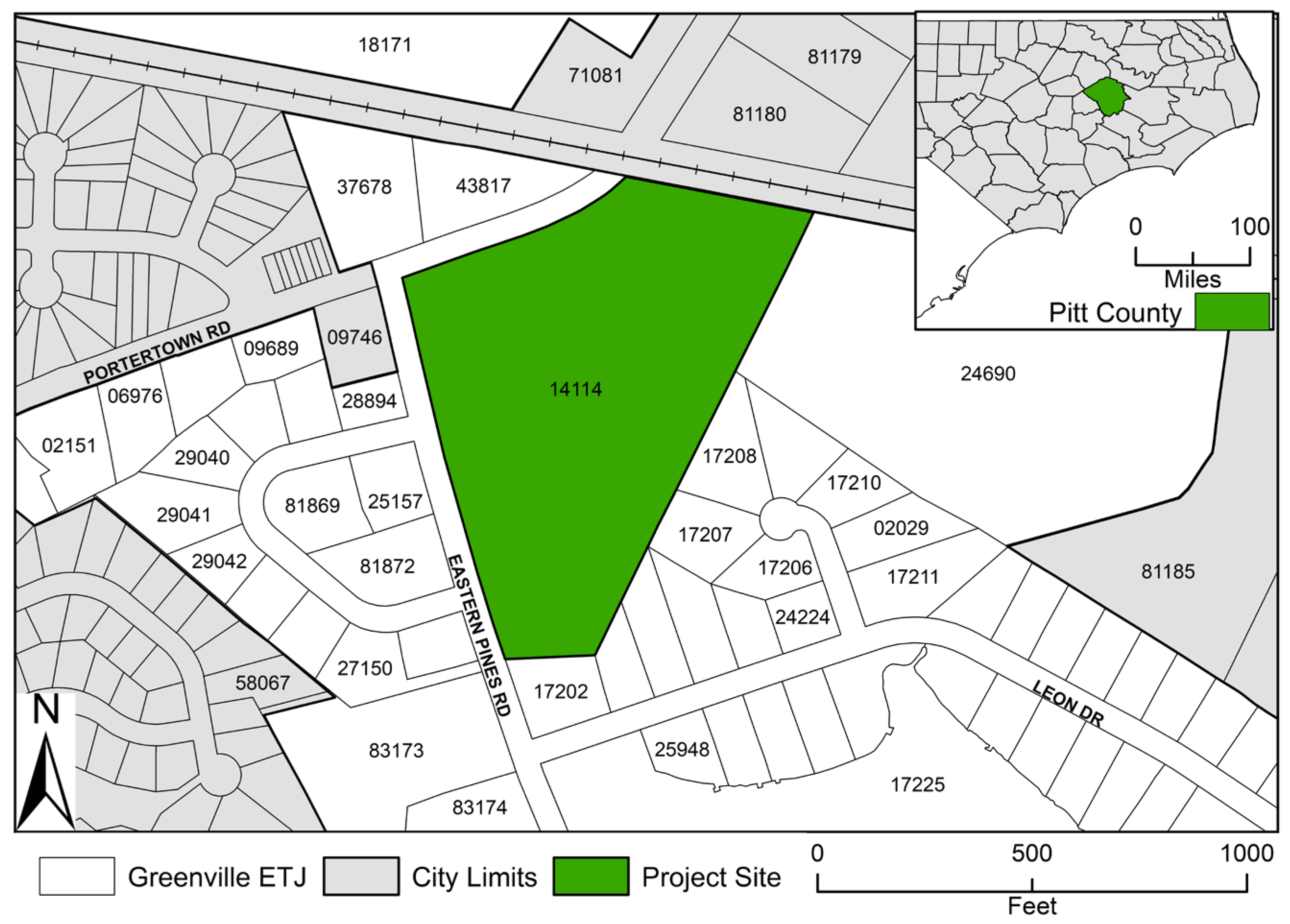
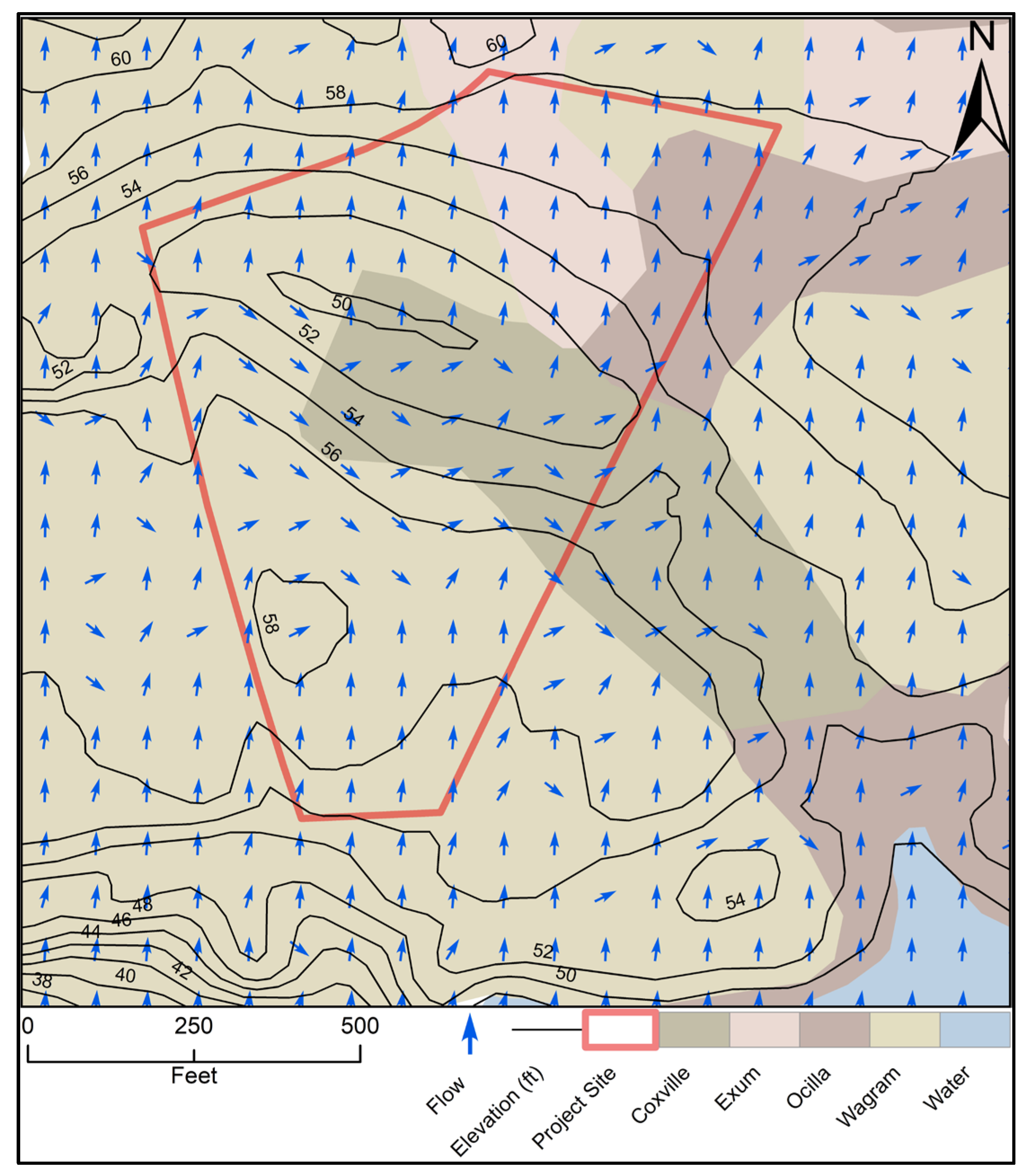
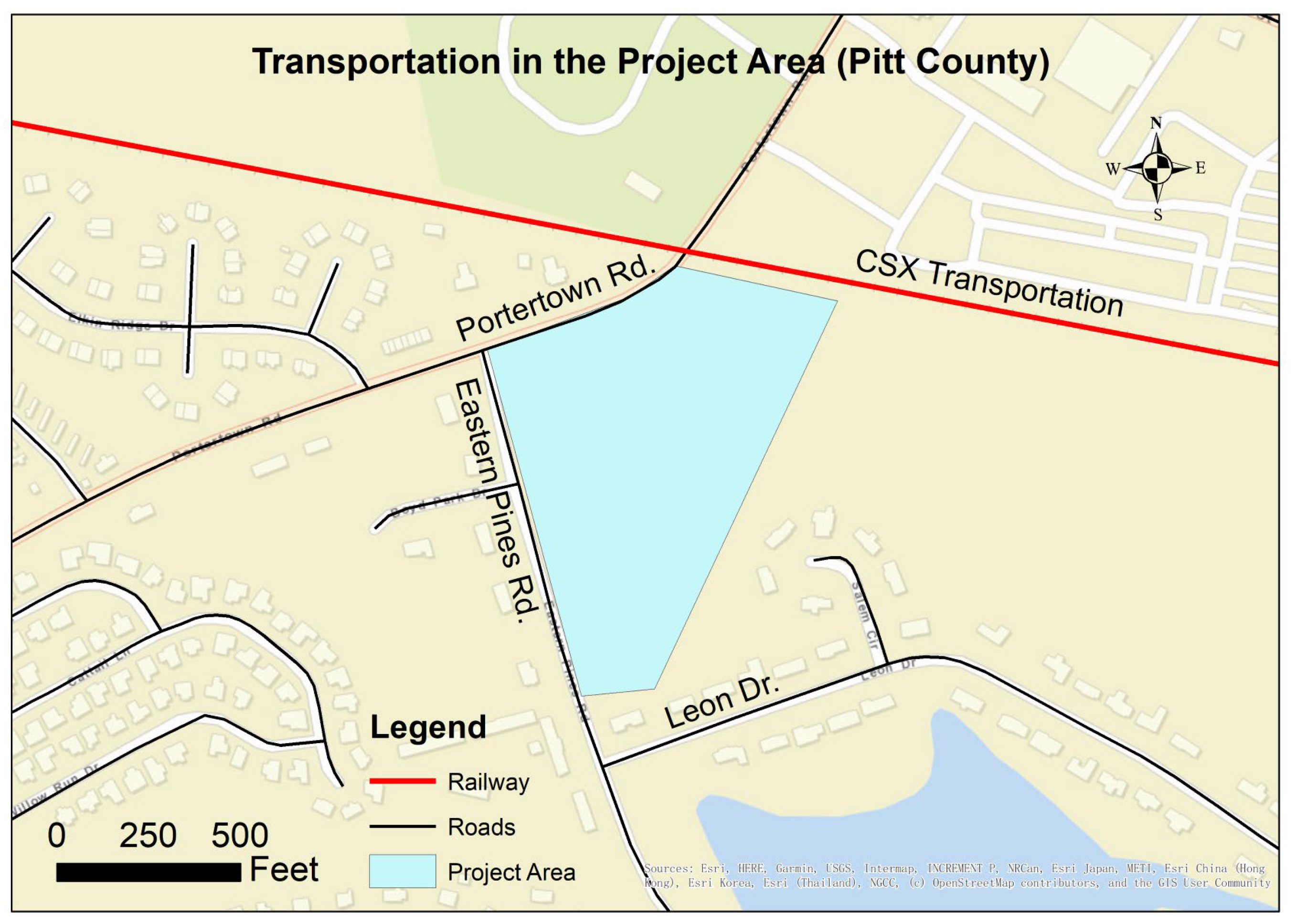
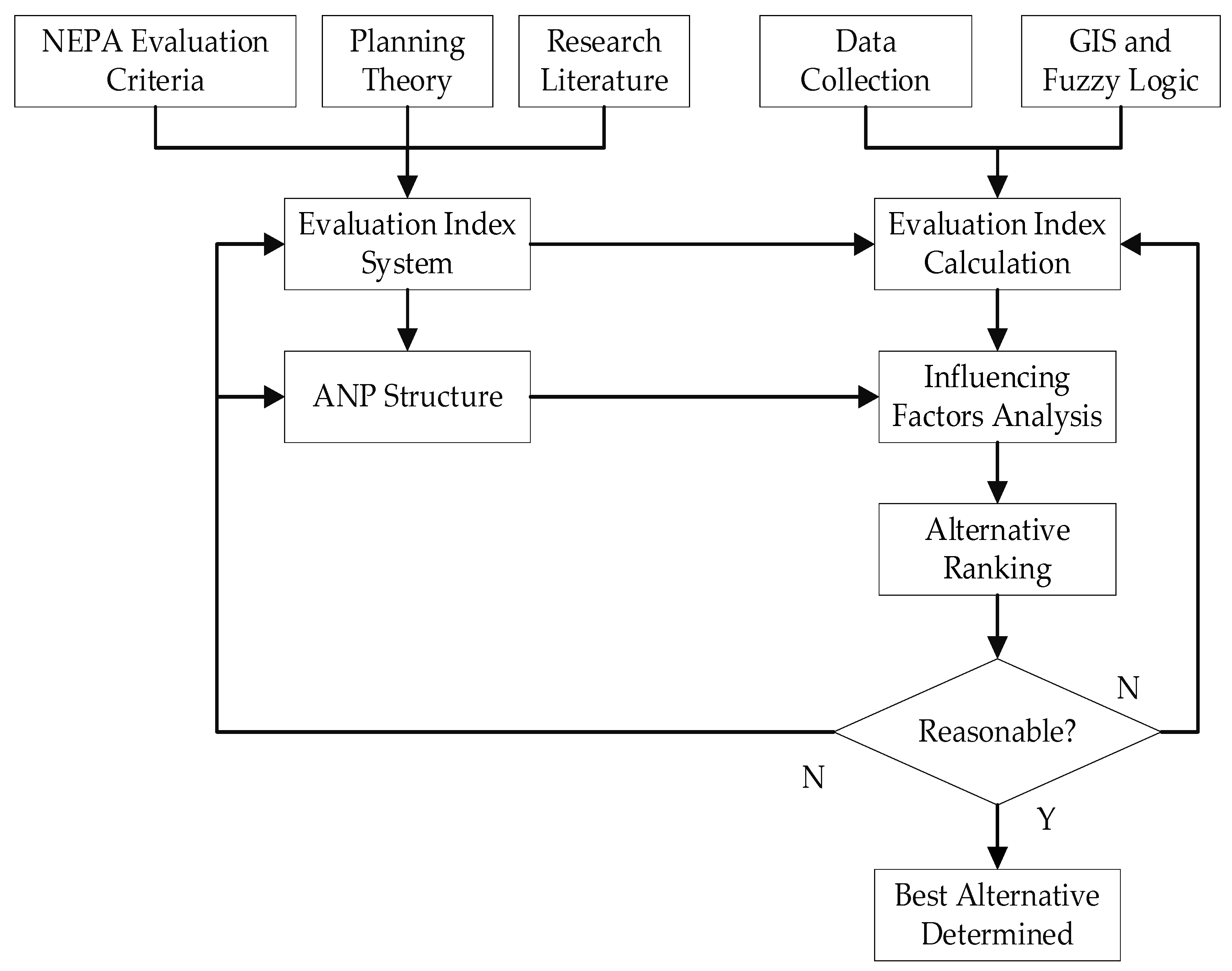
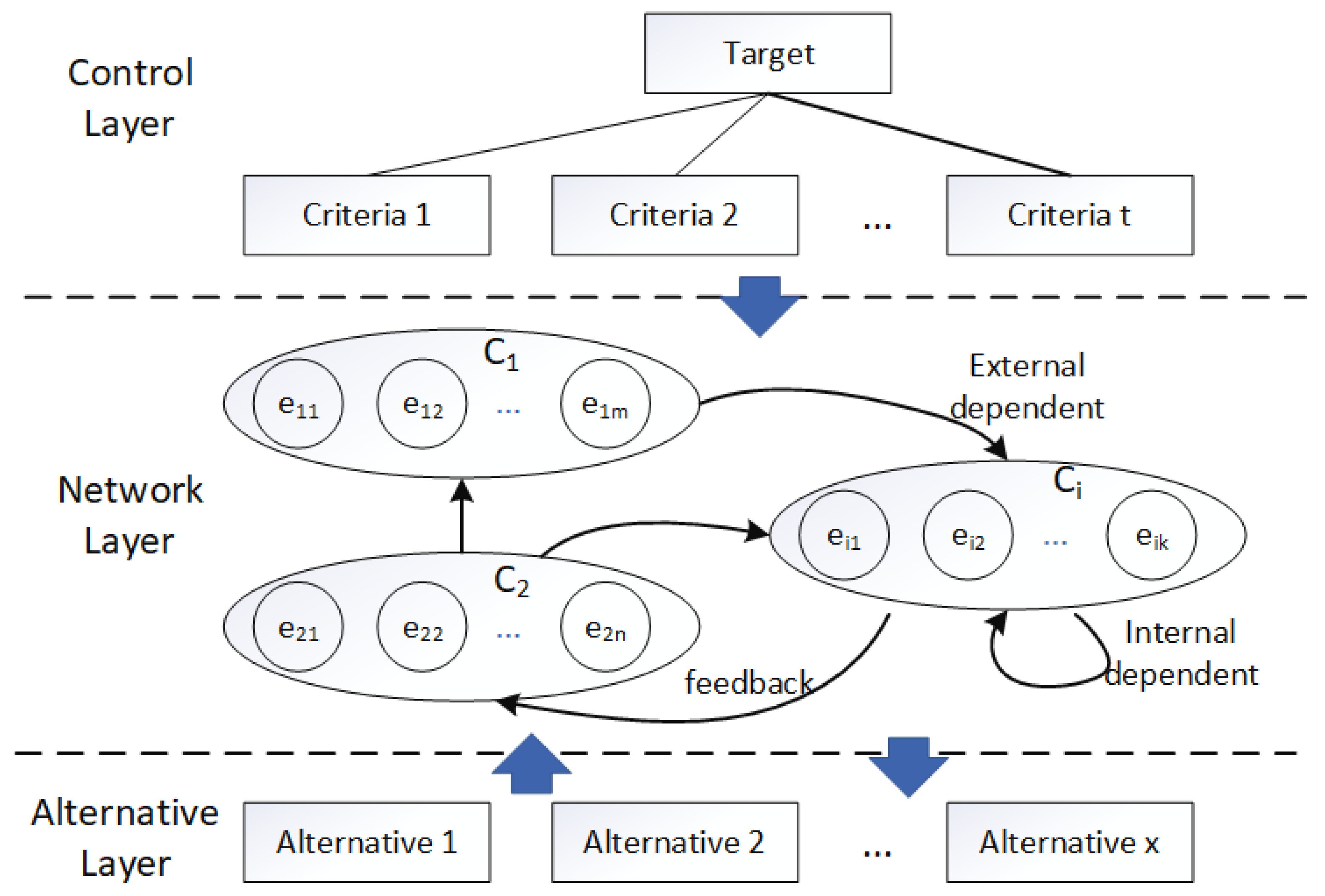
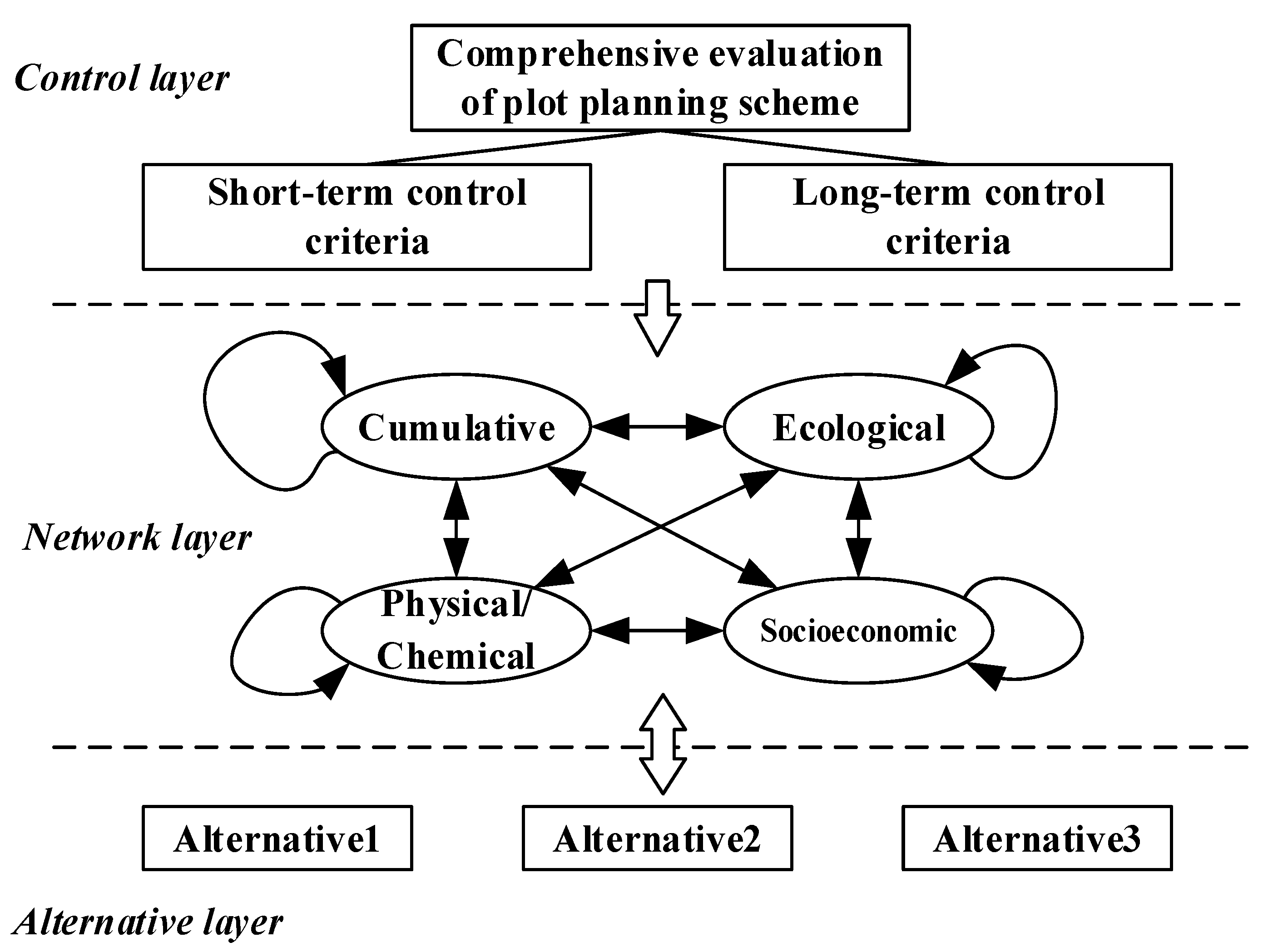
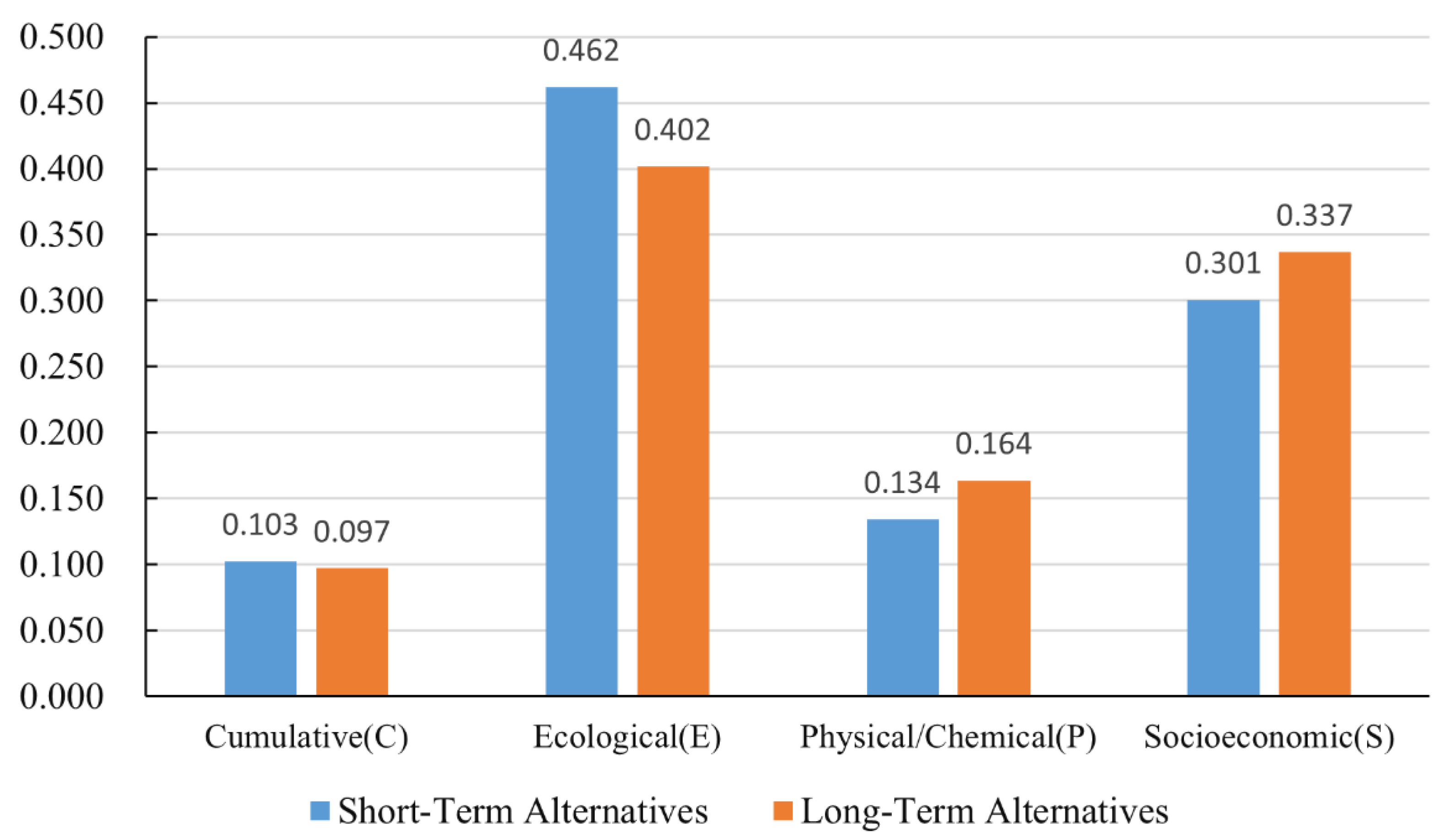
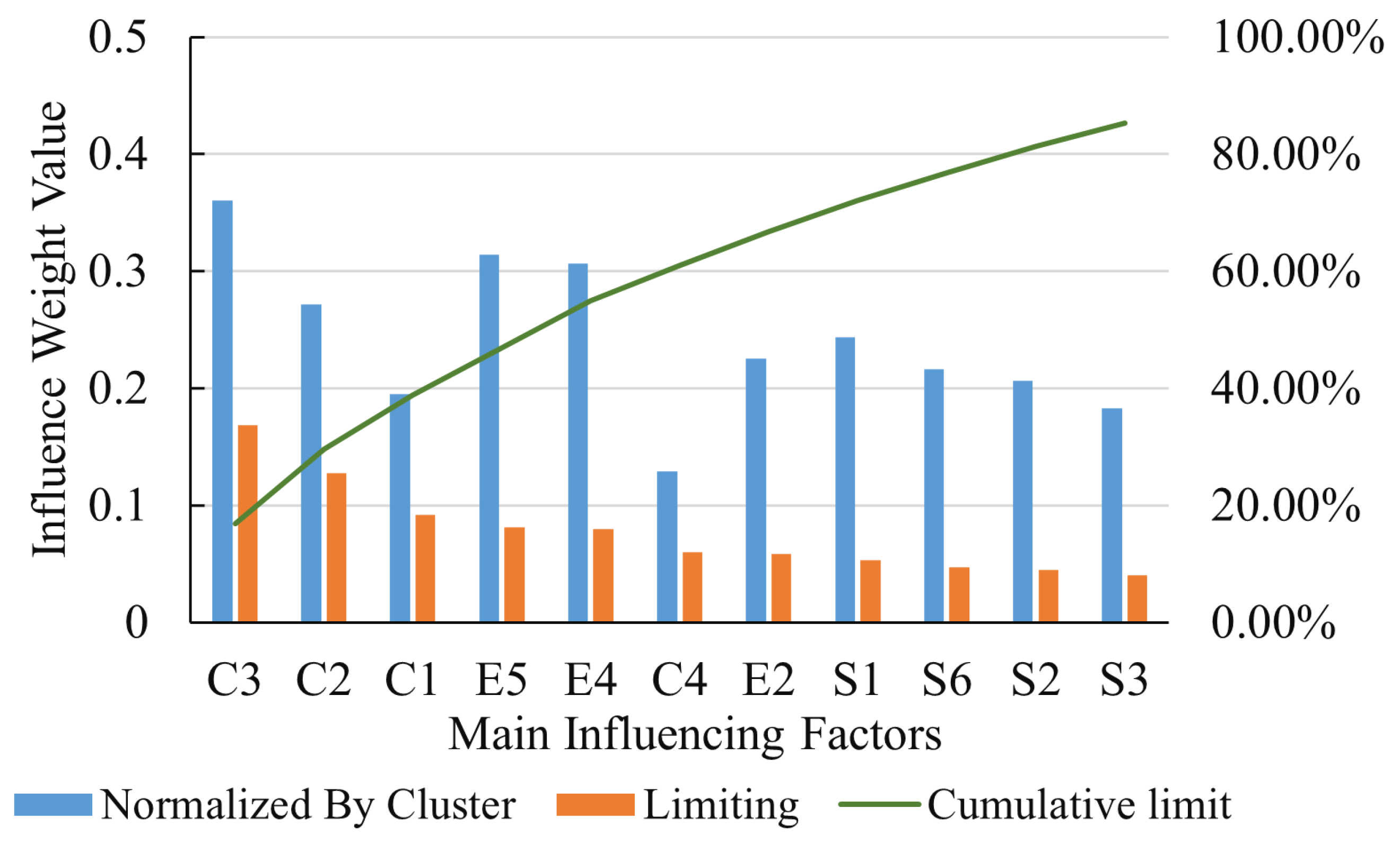
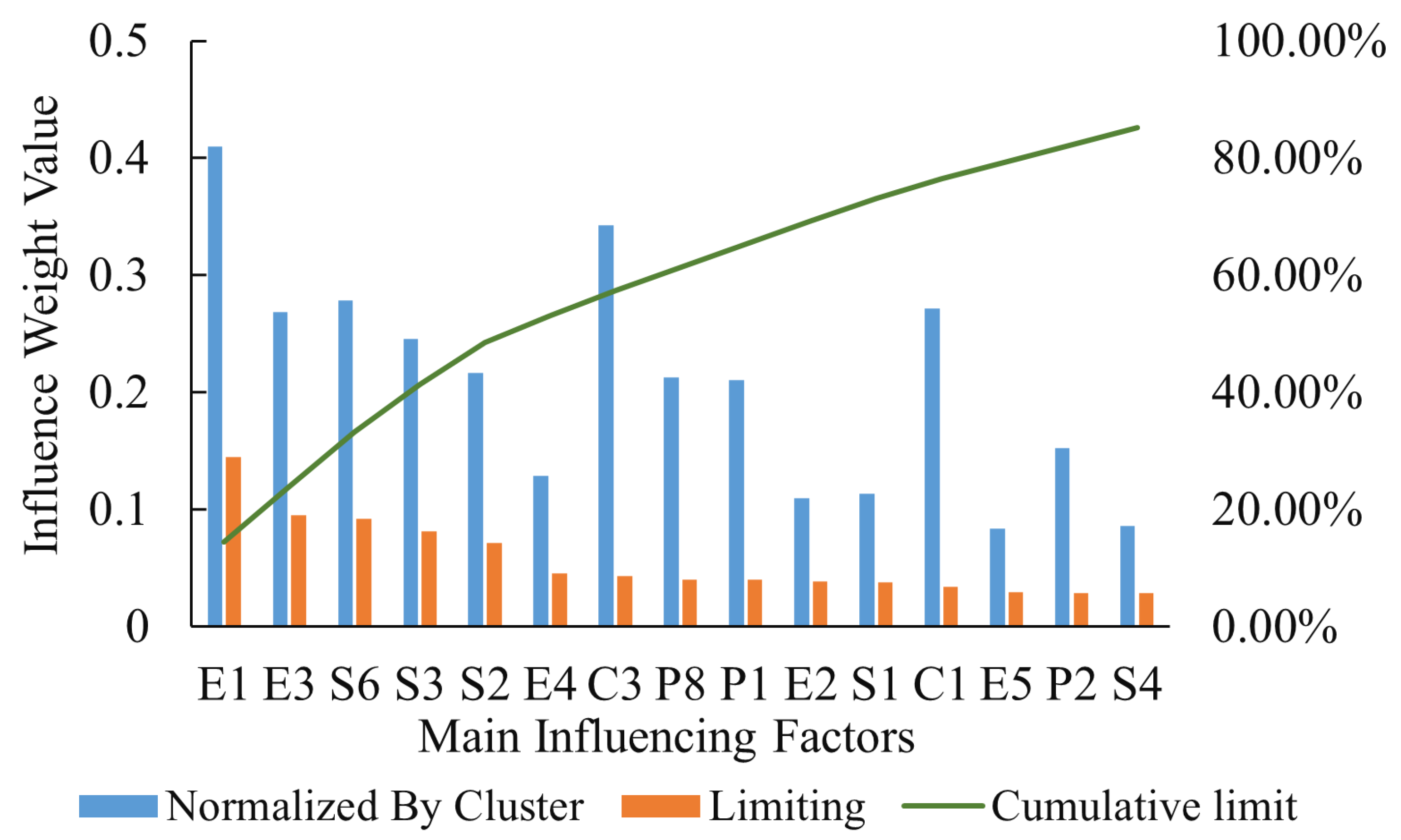
| Alternative(s): |
|
| Factor Groups/Factors: |
|
| Index Value | Definition |
|---|---|
| 2 | Major Positive: Effects would be readily apparent with substantial consequences that would improve the corresponding resources or reduce the adverse impact on the resources. |
| 1 | Minor Positive: Effects would result in a detectable change, with slightly measurable effects that would improve the corresponding resources or reduce the adverse impact on the resources. |
| 0 | No anticipated effect: No discernable or measurable effect. |
| −1 | Minor Negative: Effects would result in a detectable change that would impair the corresponding resources or increase the adverse impact on the resources. This change would be measurable but will not exceed existing standards or monitoring thresholds. |
| −2 | Major Negative: Effects would be readily apparent with substantial consequences that would impair the corresponding resources or increase the adverse impact on the resources. |
| Alternatives (A) | Cumulative (C) | Ecological (E) | Physical/ Chemical (P) | Socioeconomic (S) | ||||||
|---|---|---|---|---|---|---|---|---|---|---|
| S-T | L-T | S-T | L-T | S-T | L-T | S-T | L-T | S-T | L-T | |
| Alternatives (A) | / | / | 0.1356 | 0.0000 | 0.0000 | 0.6270 | 0.0000 | 0.6254 | 0.0959 | 0.6274 |
| Cumulative (C) | 0.1026 | 0.0972 | 0.1143 | 0.0972 | 0.1045 | 0.0503 | 0.1210 | 0.0762 | 0.1717 | 0.0769 |
| Ecological (E) | 0.4621 | 0.4018 | 0.4699 | 0.4018 | 0.4717 | 0.1237 | 0.5385 | 0.1441 | 0.4102 | 0.1258 |
| Physical/Chemical (P) | 0.1344 | 0.1640 | 0.0000 | 0.1640 | 0.1498 | 0.1237 | 0.1210 | 0.1005 | 0.0831 | 0.0548 |
| Socioeconomic (S) | 0.3008 | 0.3370 | 0.2801 | 0.3370 | 0.2741 | 0.0754 | 0.2196 | 0.0538 | 0.2392 | 0.1152 |
| Overall | 1.0000 | 1.0000 | 1.0000 | 1.0000 | 1.0000 | 1.0000 | 1.0000 | 1.0000 | 1.0000 | 1.0000 |
| Alternatives | Total | Normal | Ranking |
|---|---|---|---|
| A1 | 0.0305 | 0.3681 | 2 |
| A2 | 0.0316 | 0.3816 | 1 |
| A3 | 0.0208 | 0.2503 | 3 |
| Alternatives | Total | Normal | Ranking |
|---|---|---|---|
| A1 | 0.1451 | 0.3401 | 2 |
| A2 | 0.2568 | 0.6020 | 1 |
| A3 | 0.0247 | 0.0579 | 3 |
Disclaimer/Publisher’s Note: The statements, opinions and data contained in all publications are solely those of the individual author(s) and contributor(s) and not of MDPI and/or the editor(s). MDPI and/or the editor(s) disclaim responsibility for any injury to people or property resulting from any ideas, methods, instructions or products referred to in the content. |
© 2023 by the authors. Licensee MDPI, Basel, Switzerland. This article is an open access article distributed under the terms and conditions of the Creative Commons Attribution (CC BY) license (https://creativecommons.org/licenses/by/4.0/).
Share and Cite
Jiang, Z.; Montz, B.; Vogel, T. Comprehensive Evaluation of Land Use Planning Alternatives Based on GIS-ANP. Land 2023, 12, 1489. https://doi.org/10.3390/land12081489
Jiang Z, Montz B, Vogel T. Comprehensive Evaluation of Land Use Planning Alternatives Based on GIS-ANP. Land. 2023; 12(8):1489. https://doi.org/10.3390/land12081489
Chicago/Turabian StyleJiang, Zizhan, Burrell Montz, and Thomas Vogel. 2023. "Comprehensive Evaluation of Land Use Planning Alternatives Based on GIS-ANP" Land 12, no. 8: 1489. https://doi.org/10.3390/land12081489
APA StyleJiang, Z., Montz, B., & Vogel, T. (2023). Comprehensive Evaluation of Land Use Planning Alternatives Based on GIS-ANP. Land, 12(8), 1489. https://doi.org/10.3390/land12081489






